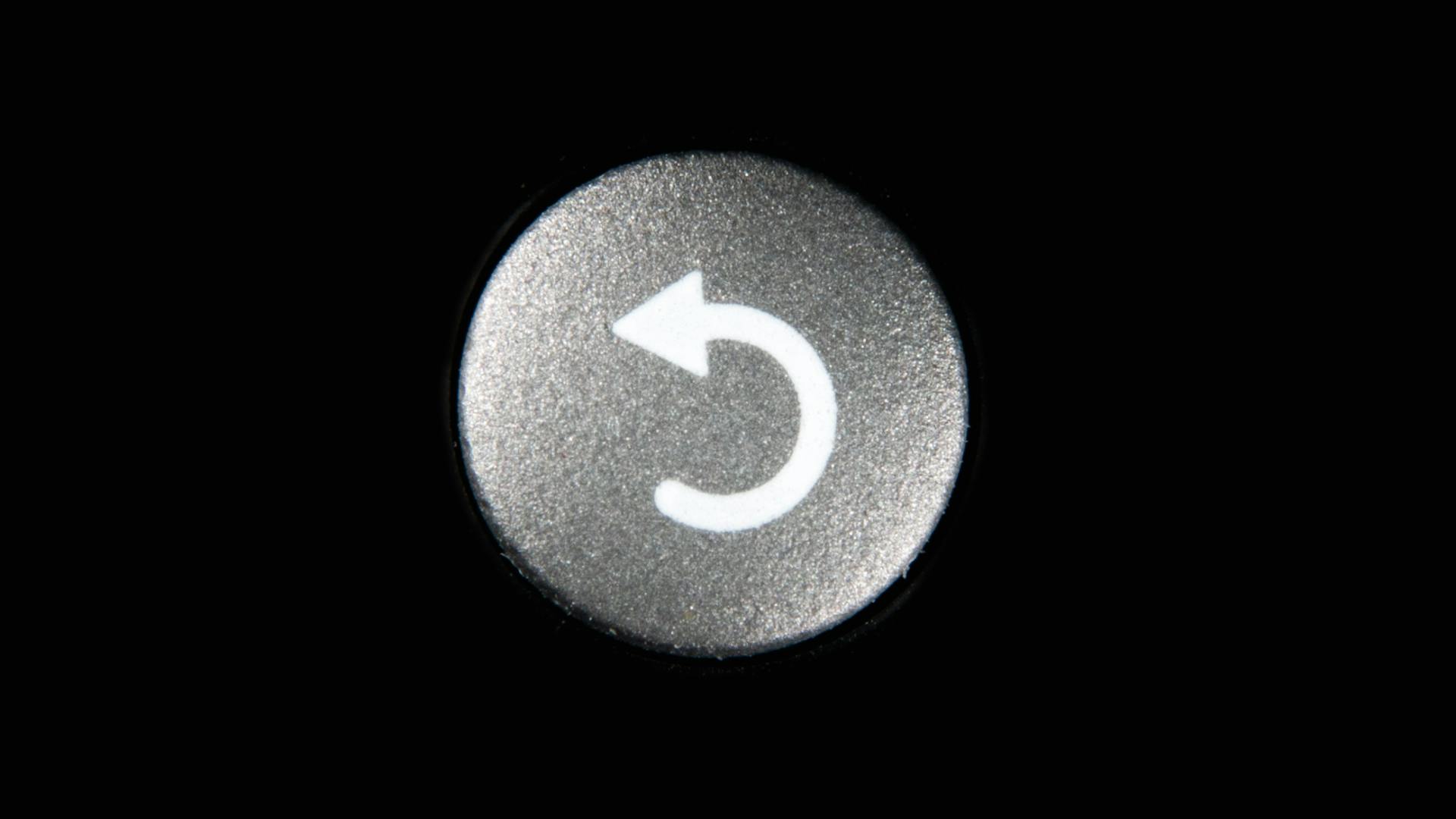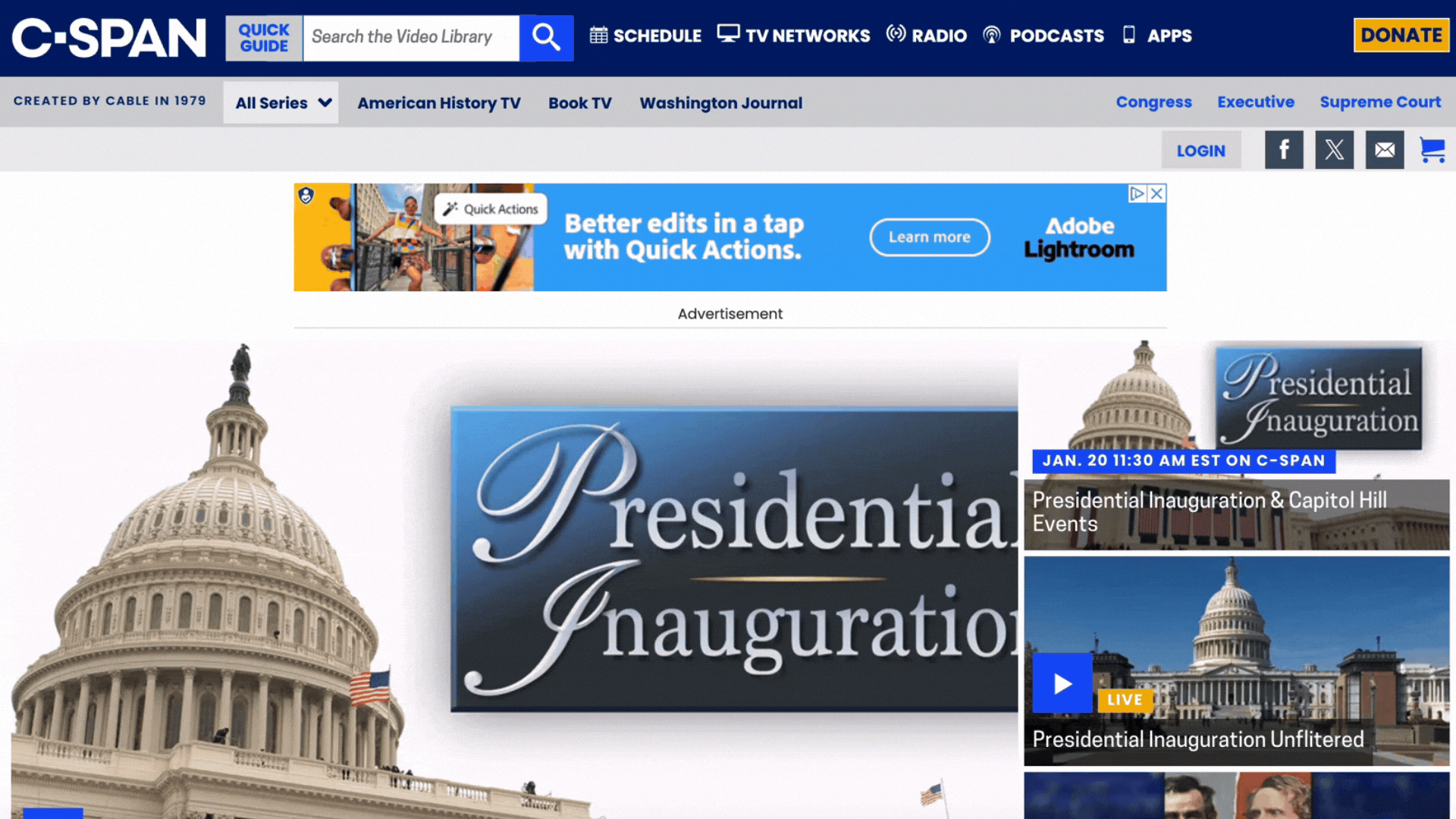Ad Refresh: Maximizing Revenue Without Disrupting User Experience
For publishers and app developers looking to optimize their ad revenue, ad refresh has emerged as a powerful tool. By automatically reloading ads within a given ad unit, publishers can generate more impressions from a single user session.

For publishers and app developers looking to optimize their ad revenue, ad refresh has emerged as a powerful tool. By automatically reloading ads within a given ad unit, publishers can generate more impressions from a single user session. This technique can significantly boost revenue without requiring users to refresh the page or navigate to new content. But how does ad refresh actually work, and who should use it? In this blog, we’ll explore the ins and outs of ad refresh—including how it works, its methods, potential drawbacks, and best practices for implementation.
What is Ad Refresh?
Ad refresh refers to the practice of reloading an ad within the same ad unit after a predefined amount of time or when certain actions are triggered. The goal is to serve multiple ad impressions from a single user session, thereby increasing the number of opportunities to generate revenue without requiring the user to navigate away from the page or refresh the content manually.
For example, a banner ad refresh on a website might change the ad shown in the top banner every 30 seconds, allowing for additional impressions during the same visit. Similarly, native ad refresh might replace an ad in the middle of a content feed based on user behavior, such as scrolling through a webpage or interacting with specific sections of an app.
In other words, ad refresh is a mechanism that enables publishers to refresh the ad content dynamically, which can be especially useful in increasing ad unit refresh rate and improving overall revenue in a short period. By implementing ad refresh strategies, publishers can fill more of their ad inventory without needing more traffic or new page views, which is particularly valuable for sites with high engagement and content that keeps users on a page for extended periods.
Ad Refresh Example
This ad refresh example is from Aditude’s partner, C-Span, and shows a banner refresh every 30 seconds.

How Does Ad Refresh Work?
The process of ad refresh operates through automated triggers that determine when to reload the ad content. There are various ways to implement these triggers, depending on your needs and the user behavior you want to target. Let’s explore the most common ways ad refresh operates:
Time-Based Refresh
This is the most straightforward method. In a time-based refresh, the ad is reloaded after a set amount of time, such as every 30 seconds or 1 minute. For example, on a news website, you could set a refresh interval to reload the ad after every minute. The ad unit will automatically update, showing a new ad to the same user, which increases the total number of impressions generated from that single visit.
Action-Based Refresh
In an action-based refresh model, ads are reloaded in response to specific user interactions with the website or app. These interactions could be scrolling, clicking, or even hovering over an element on the page. Action-based refresh works particularly well for native ad refresh, where content adapts dynamically based on how users engage with the page.
For instance, if a user is browsing through an e-commerce site and scrolling through product listings, the native ads on the page could refresh based on the user’s location within the content feed. This ensures that users are exposed to fresh, targeted ads that align with their actions.
Event-Based Refresh
Event-based refresh works based on certain triggers within the website or app, such as navigating to a new page, completing a transaction, or reaching a milestone (like finishing a game level or video). This approach ensures that the ad refresh is closely tied to the user’s journey and experience.
For example, an app could refresh an ad after a user completes a task or finishes watching a video. This makes the ad more contextually relevant, as it aligns with the user’s actions, and also ensures that ads remain dynamic and engaging throughout the session.
By using these triggers—time, action, or event—you can create a dynamic and effective ad refresh strategy that maximizes impressions while maintaining a seamless experience for the user.
Who Should Use Ad Refresh?
While ad refresh can be beneficial to almost any type of publisher or app developer, it’s particularly advantageous in the following cases:
High-Traffic Websites
Websites that see high volumes of traffic are prime candidates for ad refresh strategies. Since these sites can generate large numbers of visitors, ad unit refresh rate plays a key role in maximizing revenue from each user session. Whether it’s banner ad refresh or native ad refresh, refreshing ads during user visits ensures that more impressions are served from a single visit.
For example, an online magazine with thousands of articles and daily visitors can benefit from refreshing banner ads every 60 seconds or so. As long as the ads are relevant to the content, users won’t feel disrupted, and the publisher can significantly increase impressions.
Mobile Apps
Mobile apps are another great use case for ad refresh. Since mobile app sessions tend to be longer than on websites, native ad refresh can keep ads fresh and relevant to users, ensuring that they stay engaged. Whether the app is a social platform, gaming app, or utility app, dynamically refreshing ads based on user actions or engagement ensures that the ad content aligns with the user’s experience.
Programmatic Advertising Networks
Publishers working with programmatic ad networks, such as Google, benefit from ad refresh by improving the fill rate of ad inventory. When you refresh ads regularly, you increase the chances of filling more slots, leading to higher revenue per user.
Sites with High Engagement
Websites or apps that feature content that users engage with over long periods—such as gaming apps or social media sites—are also ideal candidates for ad refresh. Since users spend more time interacting with the platform, refreshing ads based on user actions or time spent on the platform helps maximize impressions without disrupting the experience.
Does Ad Refresh Affect Load Speed?
One of the key considerations when implementing ad refresh is the impact it has on load speed. Since ad refresh requires frequent reloading of ad units, there is a potential for it to slow down your site or app, especially if the ads are large or not optimized for quick loading.
To mitigate this, consider the following best practices:
- Use lightweight ad formats: Choose ad formats that load quickly, especially for mobile apps.
- Limit the frequency of refreshes: Refresh ads at reasonable intervals to avoid overwhelming the user with too many changes.
- Optimize server-side caching: Ensure that your ads are cached properly to minimize load times when refreshing.
By optimizing ad formats and controlling the refresh rate, you can keep the user experience smooth while still taking advantage of the revenue-boosting potential of ad refresh.
Ad Refresh Best Practices
To make the most of ad refresh while maintaining a positive user experience, follow these best practices:
- Test Refresh Intervals: Experiment with different refresh rates to determine the optimal timing for your audience. This could involve running an ad refresh rate test to see how different intervals impact impressions and user engagement.
- Don’t Overdo It: Over-refreshing can irritate users and lead to ad fatigue. Aim for a balance—don’t refresh ads so frequently that users feel overwhelmed.
- Monitor Performance: Regularly monitor the performance of your refreshed ads. Track metrics like click-through rates (CTR), engagement, and page load times to ensure that the ads are not negatively affecting user behavior.
- Ensure Relevance: Whether you’re using native ad refresh or banner ad refresh, make sure that the refreshed ads are always relevant to the user. Relevant ads perform better and lead to higher engagement.
- Stay within Platform Guidelines: If you’re using a network like Google, ensure that your refresh rates comply with their guidelines. Some ad networks have specific rules about how frequently you can refresh ads.
Conclusion
Improving your ad refresh strategy is key to optimizing your ad revenue and maintaining a dynamic user experience. By strategically refreshing your ads, optimizing placement and formats, fine-tuning audience targeting, and ensuring your ad tech setup is working seamlessly, you can enhance both user engagement and monetization.
However, ad refresh isn't just about showing more ads—it's about providing relevant and timely content that keeps your audience engaged without overwhelming them. A well-executed ad refresh strategy ensures that users continue to see fresh, high-performing ads that drive better results.
If you're ready to take your ad monetization to the next level and optimize your ad refresh strategy, Aditude is here to help. Our team of experts can guide you through the process of refining your ad operations, implementing effective refresh techniques, and increasing your ad revenue.
Contact Aditude today to learn how we can help you improve ad refresh, drive higher engagement, and boost your revenue across all digital platforms!




